Our visit to the the Near Eastern Antiquities Department, the second newest and one of the most spectacular departments of the Louvre, began at the Ground Floor of the Sully Wing. Here, we spent at least a half hour.
Check out “Louvre Museum”
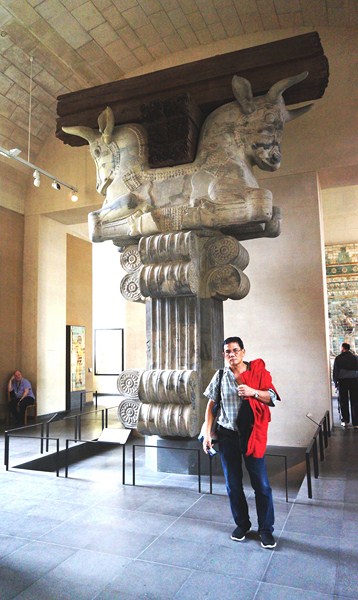
The author. In the background is one of the heads of the columns of the audience hall (Apadana) of King Darius I. It formed part of the decoration of a 358-foot square room. Room 12-A, First Floor, Sully Wing
The world’s first “Assyrian Museum,” the precursor to today’s department, annexed to the “Department of Antiques,” was opened in 1847 and, in 1881, a “Department of Oriental Antiquities.” When the Louvre expanded with the Richelieu Wing, the department rearranged its collections and the first phase of this transformation, occupying the new wing, was inaugurated in 1993.
The second phase, funded by a generous donation, was inaugurated in 1997. A third phase, in the Denon Wing, was scheduled for the fall of 2012. It aims to organize joint exhibitions by the three Antiquities Departments, based on Roman objects from the eastern Mediterranean.
The museum’s collection consists of the following:
- The 37 the monumental bas-reliefs discovered during archaeological excavations in Khorsabad, started by Paul-Émile Botta (consul of France in Mosul) from 1843-1854 in the ancient Assyrian city of Dur-Sharrukin. The excavation showed the existence of a palace built by King Sargon II in 706 BC. During transport on the Tigris River, a large part of the objects were lost in a shipwreck.
- Palestinian and Jewish antiquities from his archaeological expedition of Louis Félicien de Saulcy.
- Sumerian works excavated from the site of Tello (in Lower Mesopotamia) by the French vice-consul at Basra, Ernest de Sarzec.
- The core of the Phoenician collection supplied by Ernest Renan’s excavations in Lebanon.
- The first Cypriot collection established by Melchior de Vogué.
- The first elements of the polychrome brick decoration of the Palace of Darius, discovered by the Marcel-Auguste Dieulafoy excavations in 1886.
- The Code of Hammurabi, a basalt stele discovered by the archaeological mission led by Jacques de Morgan in 1901 in Susa, covers family law, slavery, commercial & agricultural law, and even sets prices and salaries.
- Claude Schaeffer’s excavations at Ras Shamra (Ugarit)
- Excavations conducted at Mari, from 1933 to 1974, by André Parrot while pursuing his career as department curator, then as director of the Louvre (1968-1972).
- Significant collections of Cypriot (Enkomi) and other antiquities, derived from excavations by the Biblical School of Jerusalem at Tell el-Farah (Tirzah) by donations and acquisitions.
- The Anatolian, Punic, and South Arabian collections added with loans from the Bibliothèque Nationale de France and the Institut.
- The large private collection, assembled by Louis de Clercq around 1900, and donated by Henri de Boisgelin in 1967
- The Coiffard collection of Luristan bronzes, acquired in 1958
- Collections extended toward Central Asia thanks to a number of acquisitions made in recent decades.
- A set of objects unearthed during rescue excavations at Meskene (Emar) which entered the Louvre in 1980.
- A rare gypsum statue from Ain Ghazal (dated around 7000 BC, currently the oldest major artwork in the Louvre), discovered in 1985 in a Neolithic site, entered the department in 1997 via a loan agreement with Jordan. Sully Wing, Room D.

The Mesha Stele, also known as the Moabite Stone, is a stele (inscribed stone) set up around 840 BCE by King Mesha of Moab (a kingdom located in modern Jordan).
The Near Eastern Antiquities Department presented an overview of the ancient civilizations of the Near East, which extends from nine thousand years ago, and the “first settlements” before the arrival of Islam, and encompasses an area stretching from North Africa to the Indus Valley and Central Asia, and from the Black Sea (Anatolia) to the Arabian peninsula (as far as the Indian Ocean).

The basalt Shihan stele, was the oldest monument from the Holy Land to be found in the Louvre’s collection until the inter-war excavations bore their fruit.
The department, covering 25 rooms, is divided into three major cultural and geographic areas, with the exhibits arranged chronologically – the Mediterranean Levant (the lands west of the Euphrates, including Cyprus, Anatolia, the Arabian Peninsula, and North Africa), ancient Mesopotamia (Iraq), and Persia (Iran as far as Central Asia).
The scope and diversity of the collections allow for a historical approach. Illustrated in this department are the names of Sumer, Akkad, Ur, Babylon, the Hittites, Assyria and many others.
The museum contains major sculptures and monuments such as the Prince of Lagash’s Stele of the Vultures (from 2450 BC); the stele erected by Naram-Sin, King of Akkad, to celebrate a victory over barbarians in the Zagros Mountains; the 18th-century BC mural of the Investiture of Zimrilim; the 25th-century BC Statue of Ebih-Il (found in the ancient city-state of Mari), the 5,52 m. high “Hero Overpowering a Lion,” and the 2.25m. (7.38 ft.) high Code of Hammurabi (the great emblem of Mesopotamian antiquity, it prominently displays Babylonian Laws so that no man could plead their ignorance) in Room 3, Richelieu wing, Ground Floor.
Rooms 1 to 6, comprising the complete Mesopotamian section, features Sumerian artwork, the Code of Hammurabi and the Khorsabad Court. In Room 2 is the special and well conserved for his age (2100 BC) seated statue of Goudea, prince of Lagash (Sumer).
The ancient Iranian civilizations were essentially represented by works from excavations at Susa (a city founded around 4000 BC), its cultural richness reaching its peak with the works of Darius and Xerxes, the great kings of the Persian Empire.
Rooms 7 to 10 house the first part of the Iranian section while the north wing of the Cour Carrée continues the Iranian section with the Iron Age collection (1st millennium BC), the remains of the palace of Persian king Darius I in Susa, and objects representing the Parthian and Sassanian empires.
The Iranian section contains rare objects from Persepolis which were lent to the British Museum for its Ancient Persia exhibition in 2005.The Funerary Head and the Persian Archers of Darius I are both works from the archaic period.
In Room 12-B are the friezes of parades of archers (armed with lances and bows on their shoulders) and lions, glazed, colored brick decorations of the palace of Darius at Susa.
Most visitors always like to have their photos taken in front of the spectacular winged human-headed winged bulls of 4 x 4 m., protective genies placed as guardians at the gates of the city. However, one of them is a copy, the original being in the Oriental Institute of Chicago.
Rooms A to D, in the west wing of the Cour Carrée (opened in 1993), is devoted to Cyprus and the Levant, from Prehistory to the Phoenician Period (early first millennium BC).
A section of the north wing houses galleries devoted to the Levant (until the conquest of Alexander the Great), with royal sarcophagi from Sidon. The Phoenicians in the West are represented by Carthage and Punic North Africa.
A section dedicated to Cyprus in the 1st millennium BC is structured around the monumental vase from Amathus.
The last rooms are devoted to the civilizations of pre-Islamic Arabia from the 7th century BC to the 3rd century AD (essentially Yemen and Hauran), and to the caravan cities of Syria (Palmyra and Dura Europos).
We weren’t able to visit Cour Khorsabad at the ground floor of the adjoining Richelieu Wing. This courtyard houses the impressive remains of the palace inaugurated by King Sargon II in Khorsabad (a city in northern Iraq) in 706 BC., its sculpted reliefs displayed in their original configuration, re-creating the monumental architecture of the palace.
Louvre Museum: 75001 Paris, France. Tel: +33 1 40 20 50 50. Open daily, except Tuesdays and holidays, 9 AM- 6 PM (until 10 PM on Wednesday and Friday evenings).
The Louvre has three entrances: the main entrance at the pyramid, an entrance from the Carrousel du Louvre underground shopping mall, and an entrance at the Porte des Lions (near the western end of the Denon wing).
Admission is free, from October to March, on the first Sunday of every month. Still and video photography is permitted for private, noncommercial use only in the galleries housing the permanent collection. The use of flash or other means of artificial lighting is prohibited. Photography and filming are not permitted in the temporary exhibition galleries.
How To Get There: the Louvre can be reached via Metro lines 1 and 7, station Palais Royal – Musée du Louvre Métro or the Louvre-Rivoli stations. By bus, take No. 21, 24, 27, 39, 48, 68, 69, 72, 81, 95 as well as the touristic Paris l’Open Tour. By car, there is an underground parking reachable by Avenue du Général Lemonier, every day from 7 AM – 11 PM.

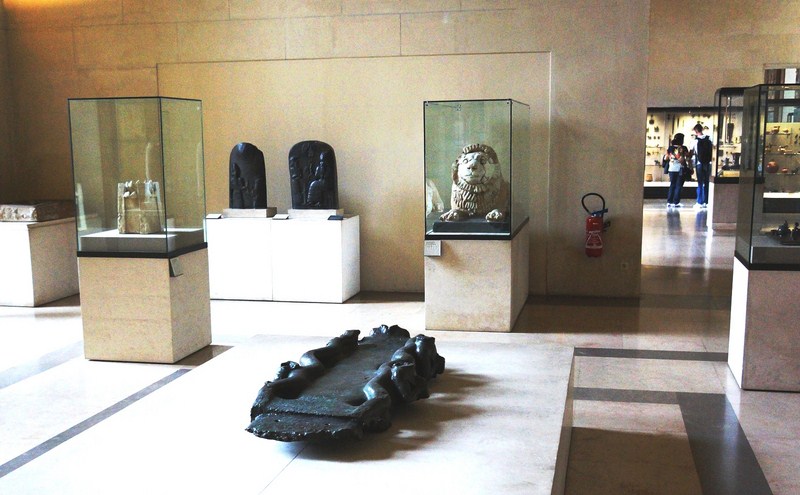
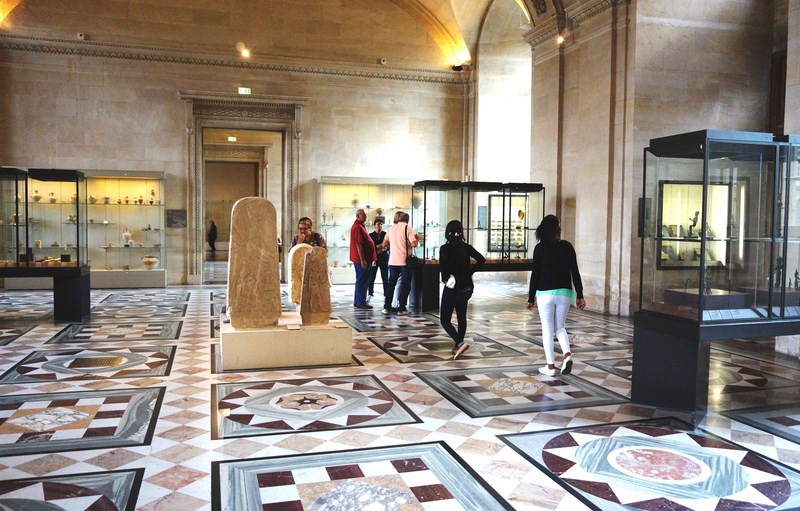
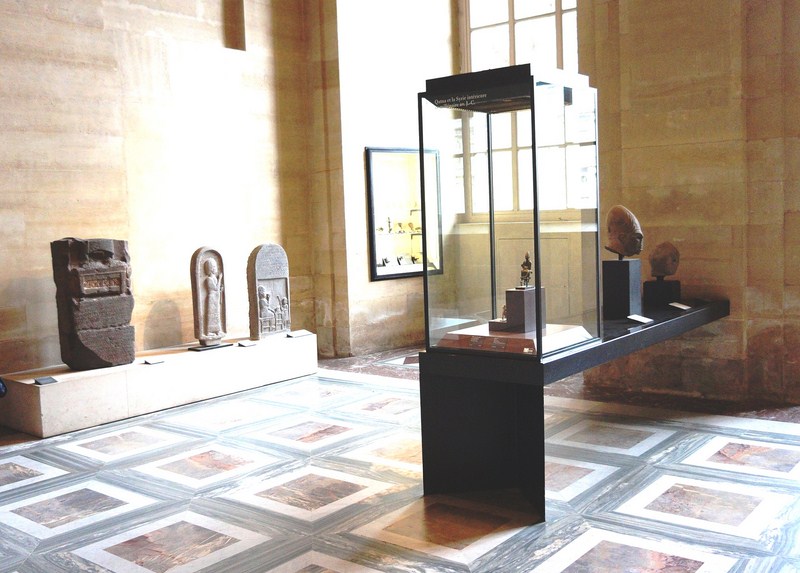
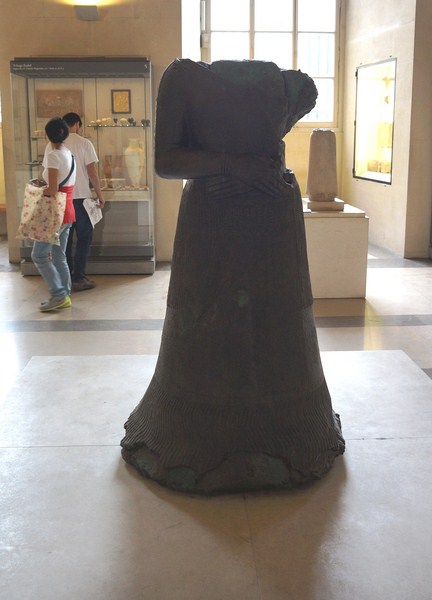
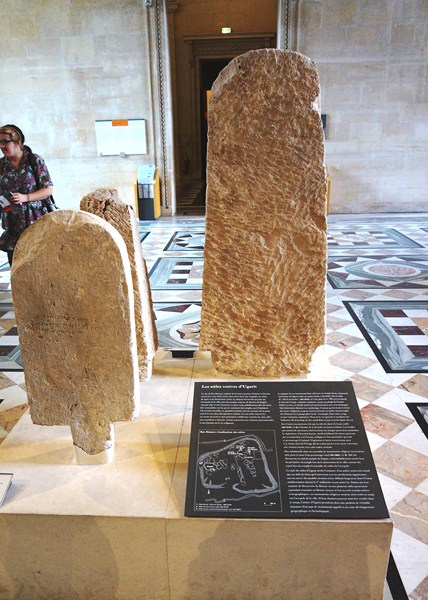
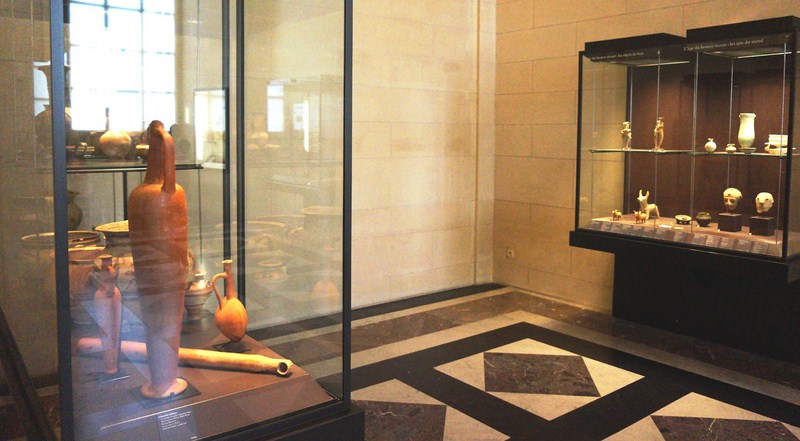
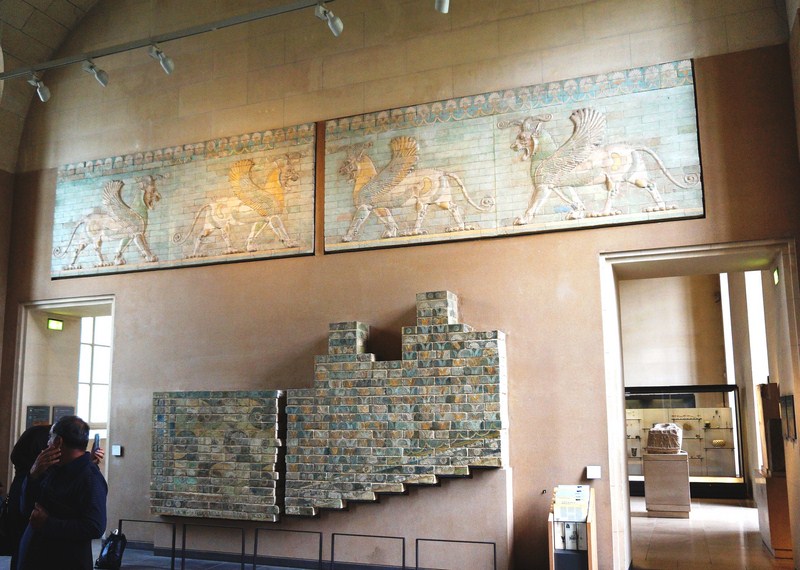
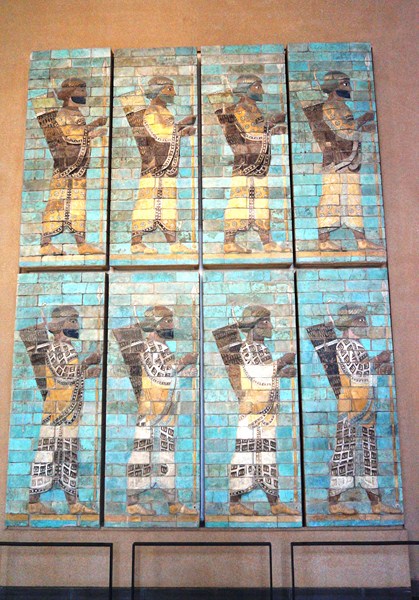
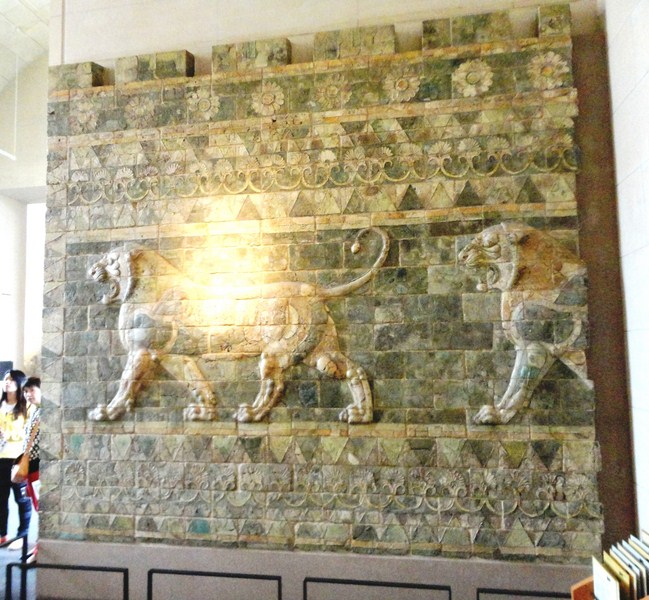
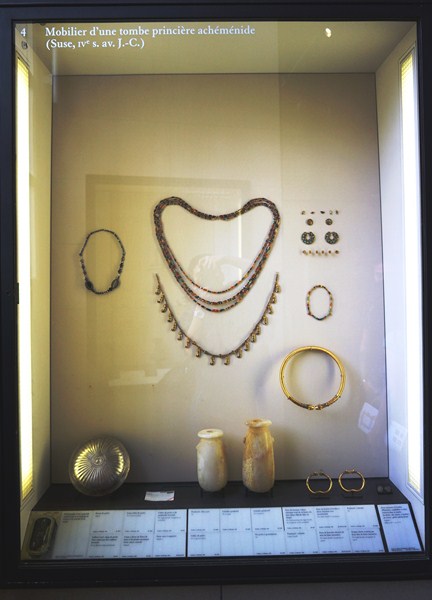
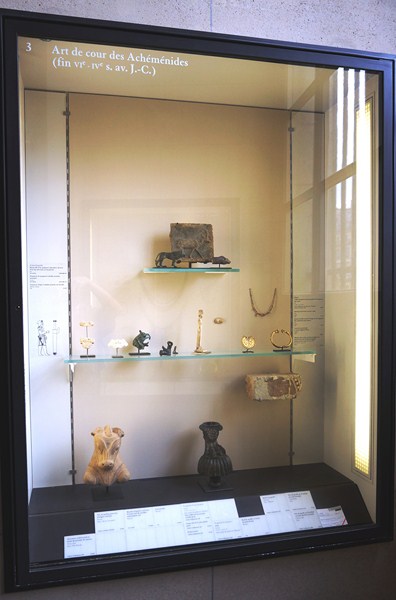
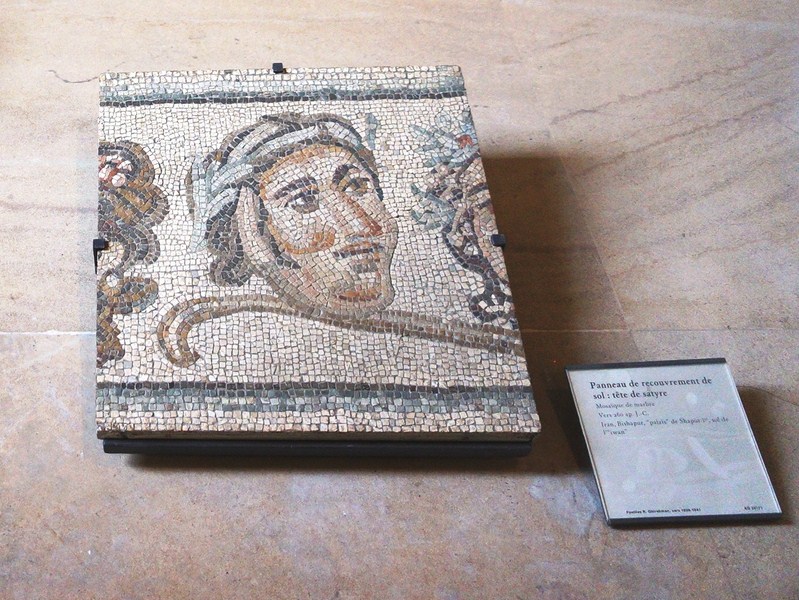
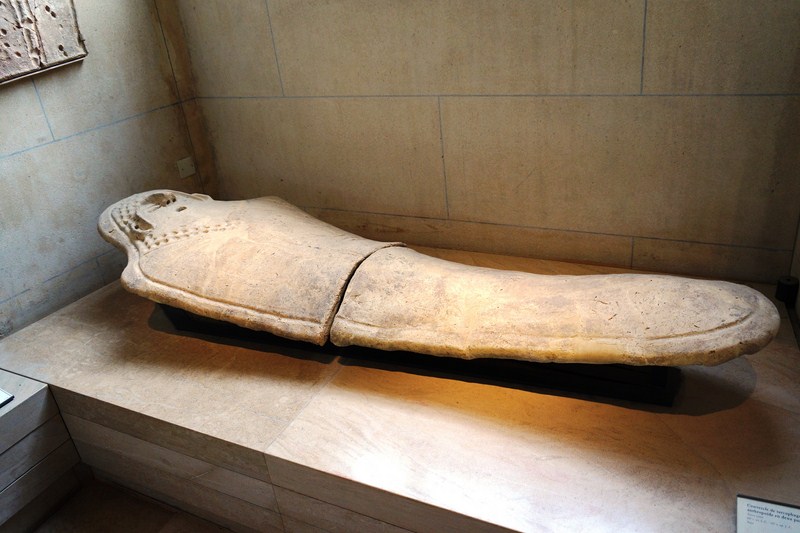
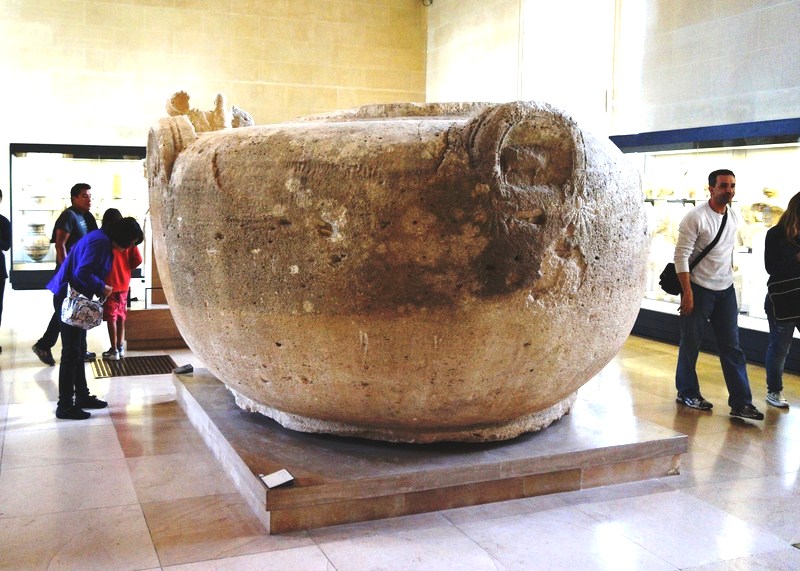
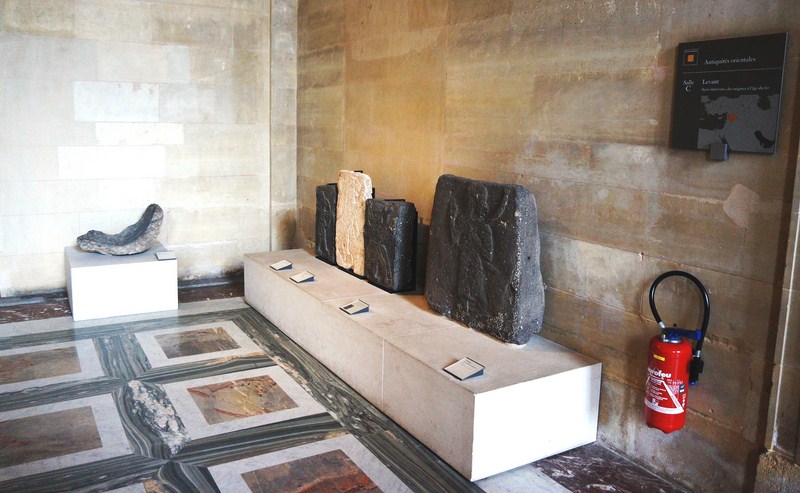
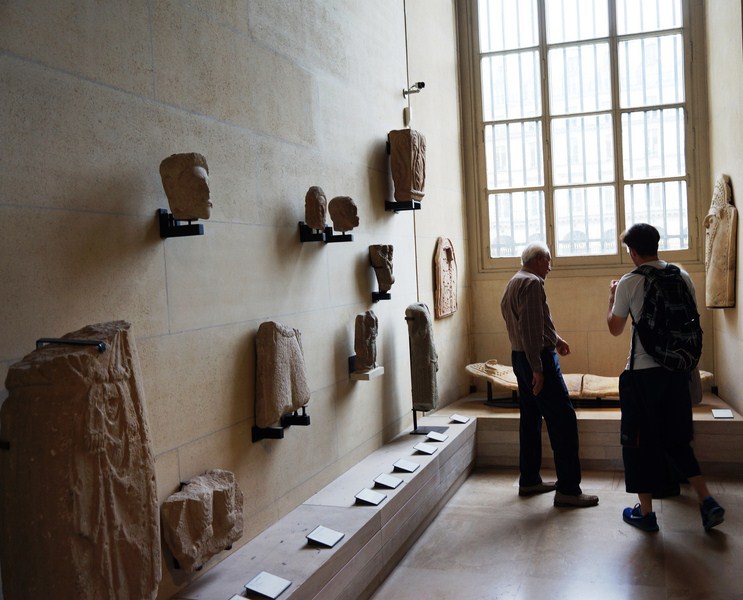
Pingback: Homepage